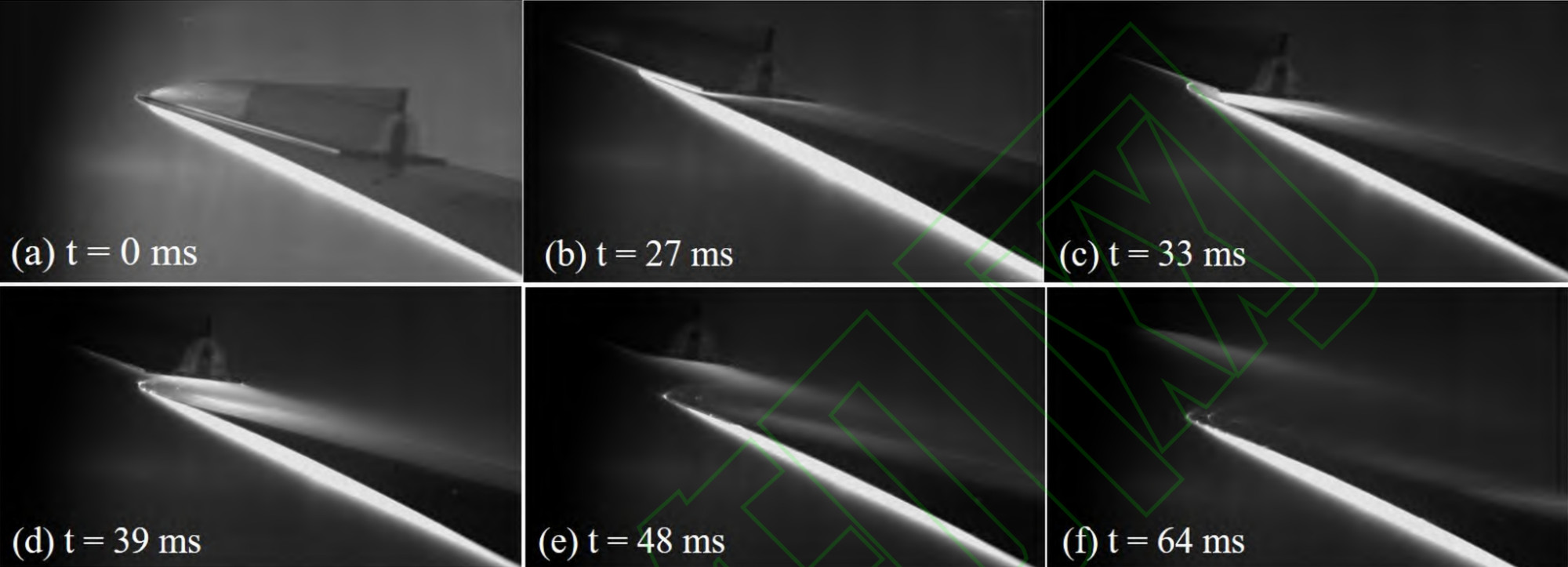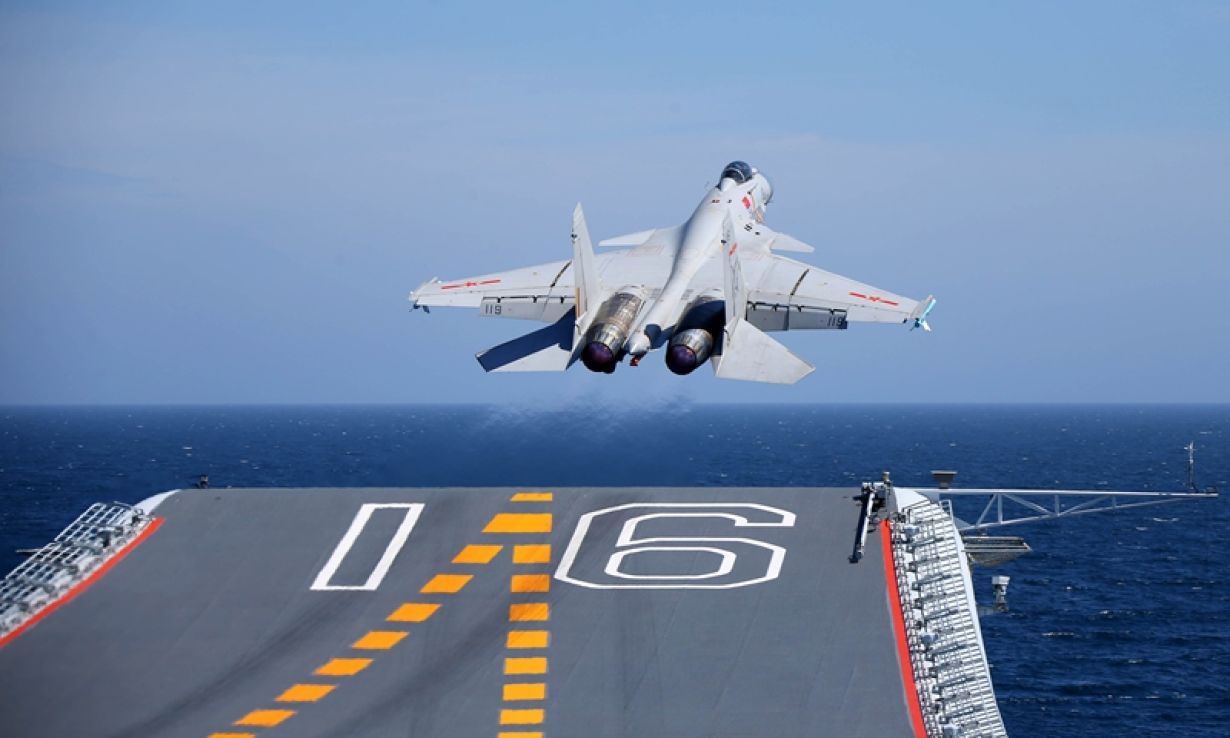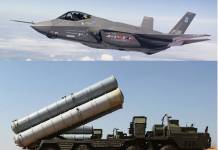Chinese researchers have found a novel way to use the traditional ski-jump method of launching a fighter from aircraft carriers. According to a recent South China Morning Post (SCMP) report, the scientists said they had repurposed the ski jump for orbital launches from near space.
The ski-jump technology for launching aircraft is considered obsolete these days. However, a team of researchers led by Wang Yunpeng, an associate professor with the Chinese Academy of Sciences’ Institute of Mechanics in Beijing, is making efforts to repurpose the ski-jump technology for use at hypersonic speeds, to develop a more accessible, safer, and affordable way of space travel.
The researchers used a scaled-down model of an orbital plane, similar to the space shuttle, and a hypersonic carrier to test their method at Mach 7 – seven times the speed of sound.
Yunpeng’s team published its findings in a peer-reviewed journal Acta Aeronautica et Astronautica Sinica, on December 8, according to which ski-jump technology could potentially solve the problem of robust and unpredictable turbulence generated at extremely high speeds, which has troubled researchers for decades.
This unpredictable turbulence can cause the separating vehicles to veer off course or collide. Currently, there is no effective way to prevent that, but Yunpeng and his team claim that the ski-jump technology can achieve a smooth separation of the shuttle from the carrier platform.
A Brief And Expensive Shock-Tunnel Experiment
As part of their experiment, Yunpeng’s team launched a 1:80 scale model of the plane shaped like a space shuttle from a meter-long (three feet) model carrier using a piston to replicate rocket engine ignition under Mach 7 flight conditions inside the JF-12 wind tunnel.
The JF-12 wind tunnel can duplicate the flight conditions at the ranges such as Mach 5-9. The conditions can only be maintained for a second.
Yunpeng’s team placed a gas-driven piston at the rear of the test plane to realize the take-off within the brief time of the experiment.
The team also built an automated system to coordinate the operation, including the mechanical devices and the high-speed cameras, which captured detailed images of the separation.
In aircraft carriers, the ski-jump allows an aircraft to take off from a runway shorter than its required take-off roll by giving them enough lift to leave the deck while the carrier is moving against the wind at full speed of around 60 kilometers per hour.
However, for hypersonic conditions, the researchers flattened the slightly upward tilt of the ski jump to create a perfectly flat surface to minimize the drag which can occur during the separation of two vehicles at extremely high speed in the atmosphere.
The researchers said that the modified ski-jump design eliminated the gap between the two plane bodies compared to the standard separation methods, thereby minimizing the risk of collision.
The plane shot off the carrier’s top in a split second, which according to Yunpeng’s team, “verified the feasibility and effectiveness of the active separation method.”
The team observed that the plane nosed up slightly when it reached the edge of the flat runway because of an upward push from the shock waves produced below the plane’s upper frontal section.

However, as the plane was about to leave the carrier platform, another group of shock waves produced near the plane’s tail caused it to nose down. Two opposing forces neutralized each other, enabling smooth, perfectly straight separation.
According to Yunpeng, a full-sized upper-stage space plane weighing 87 tons should achieve take-off in around eight seconds when propelled by rocket engines generating 1,500 kilonewtons of force.
Also, the ski jump would reduce the thrust required to less than a tenth of the main engine’s thrust, he said.
That said, this technology is not yet ready for leaving the laboratory, as the results from the shock tunnel test need to be combined with other experiments with longer testing durations, said the researchers.

A Fleet Of Hypersonic Planes By 2035
China aims to build a fleet of civil hypersonic planes by 2035, which will use near-Earth orbit to transport passengers to any destination on the planet within an hour or two.
Western observers have ridiculed this program, but China is determined to develop an aircraft of such caliber and expand the fleet in over a decade following the successful operation of the first aircraft.
Chinese scientists believe such an aircraft will revolutionize air transport, with the aircraft capable of taking off and landing at existing airports at a fraction of the cost required to operate a rocket.
Additionally, the platform will also be able to function as a two-stage-to-orbit launch platform for rocket-powered space planes, which will ferry tens of thousands of passengers beyond Earth’s atmosphere every year, according to the Chinese government.

As EurAsian Times reported, China intends to launch its first crewed mission to space onboard the ‘Next Generation Launch Vehicle’ by 2026.
The vehicle could be powered by an under-development engine called the ‘magnetohydrodynamic (MHD) drive,’ which is said to generate thrust from an electrically charged fluid forced through it by an electromagnetic force. This engine will be used together with another air-breathing engine.
- Contact the author at tanmaykadam700@gmail.com
- Follow EurAsian Times on Google News




